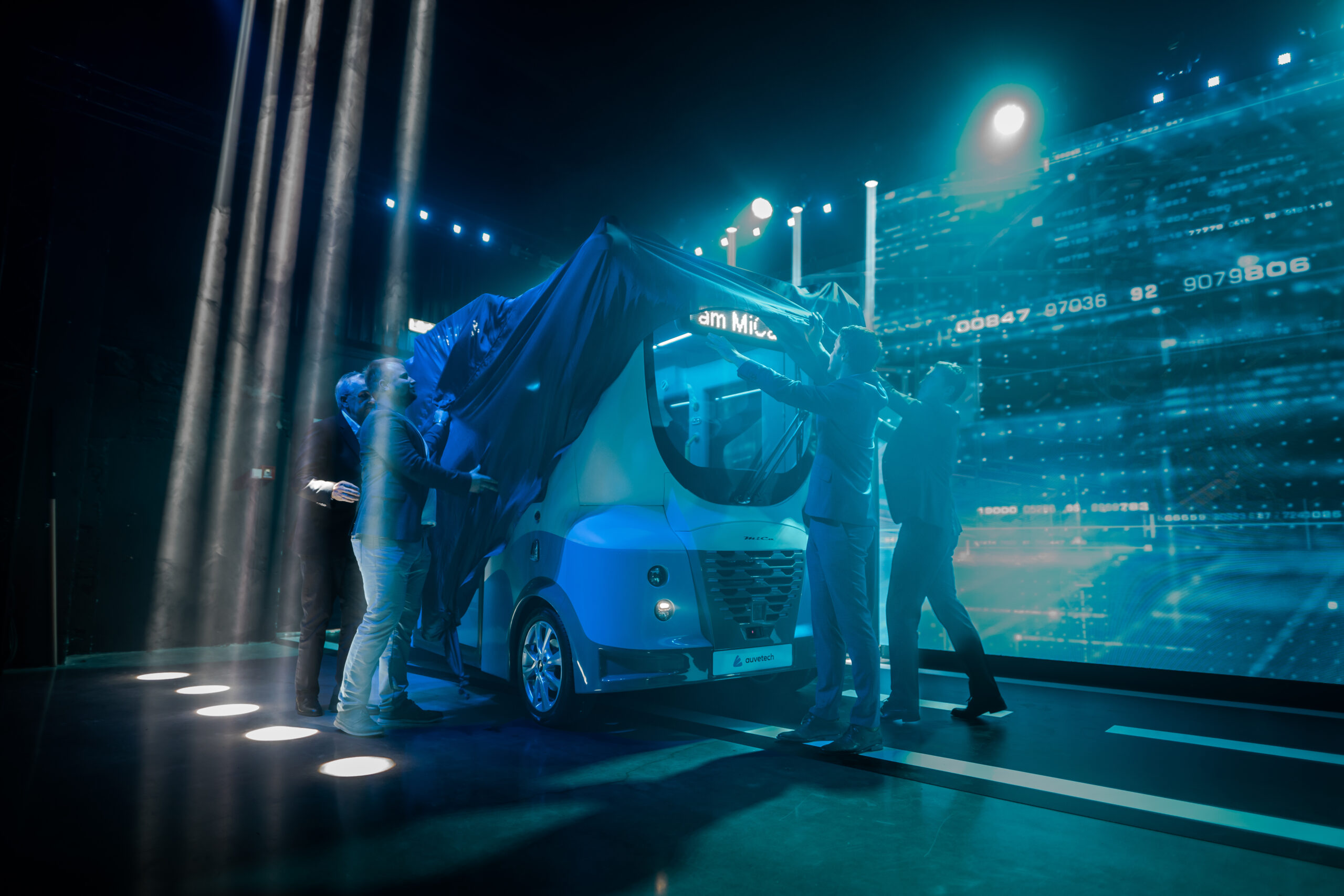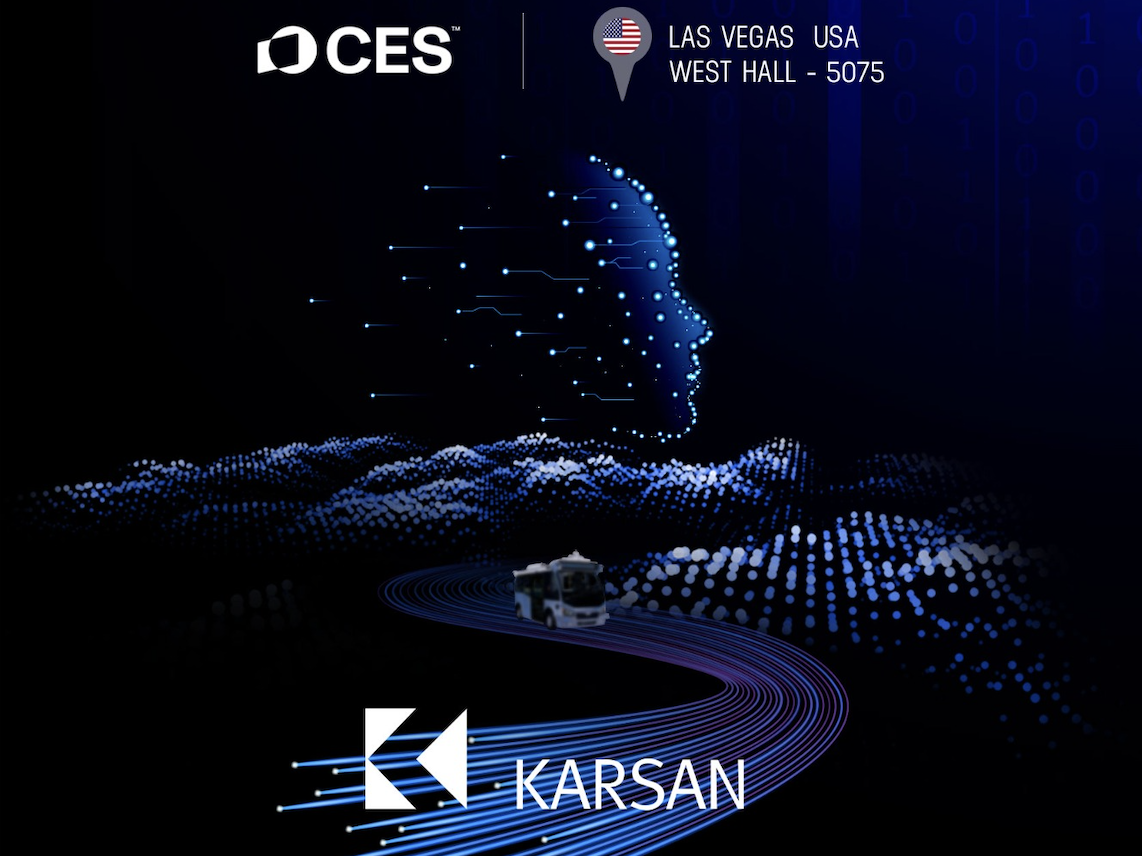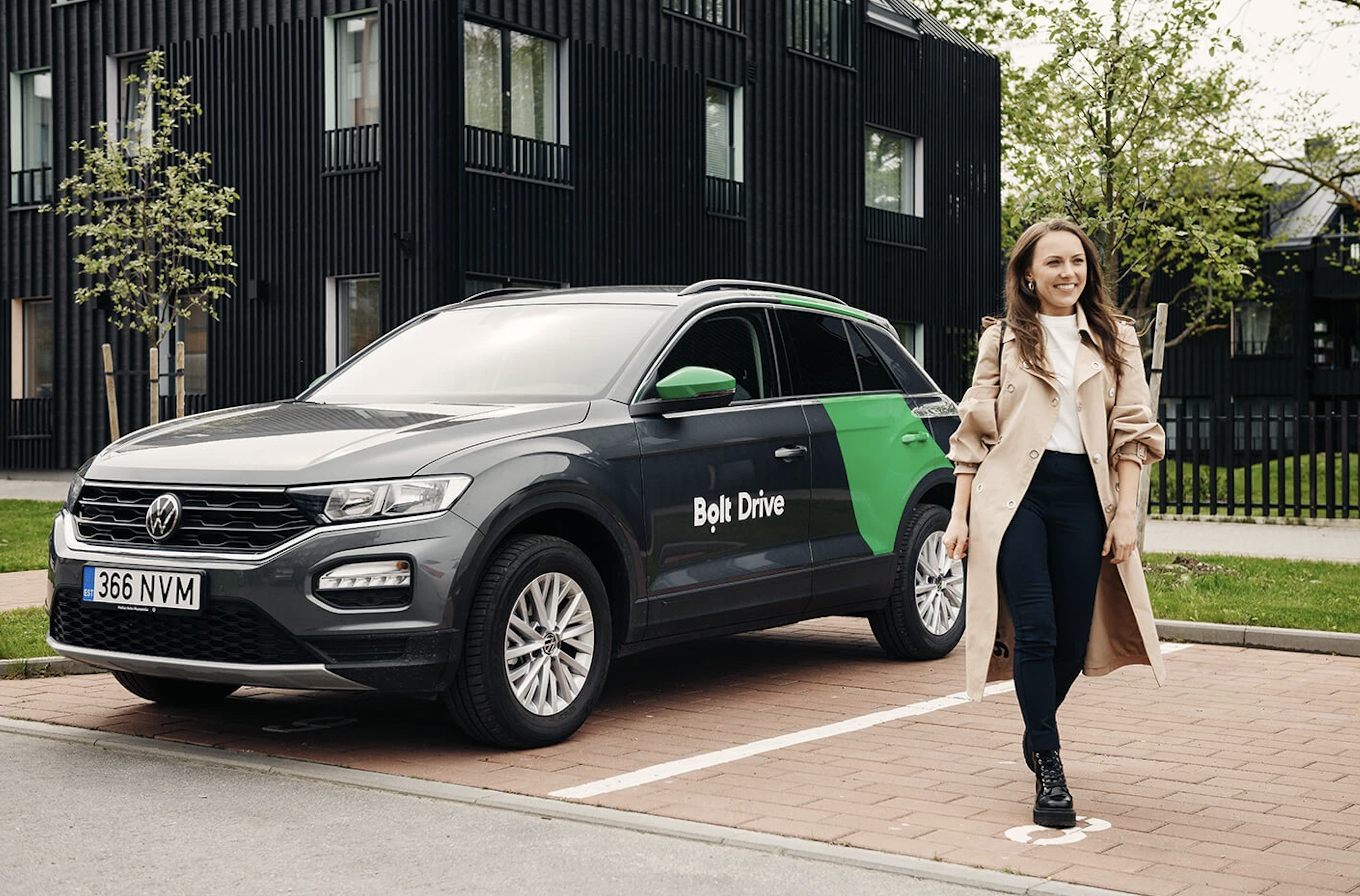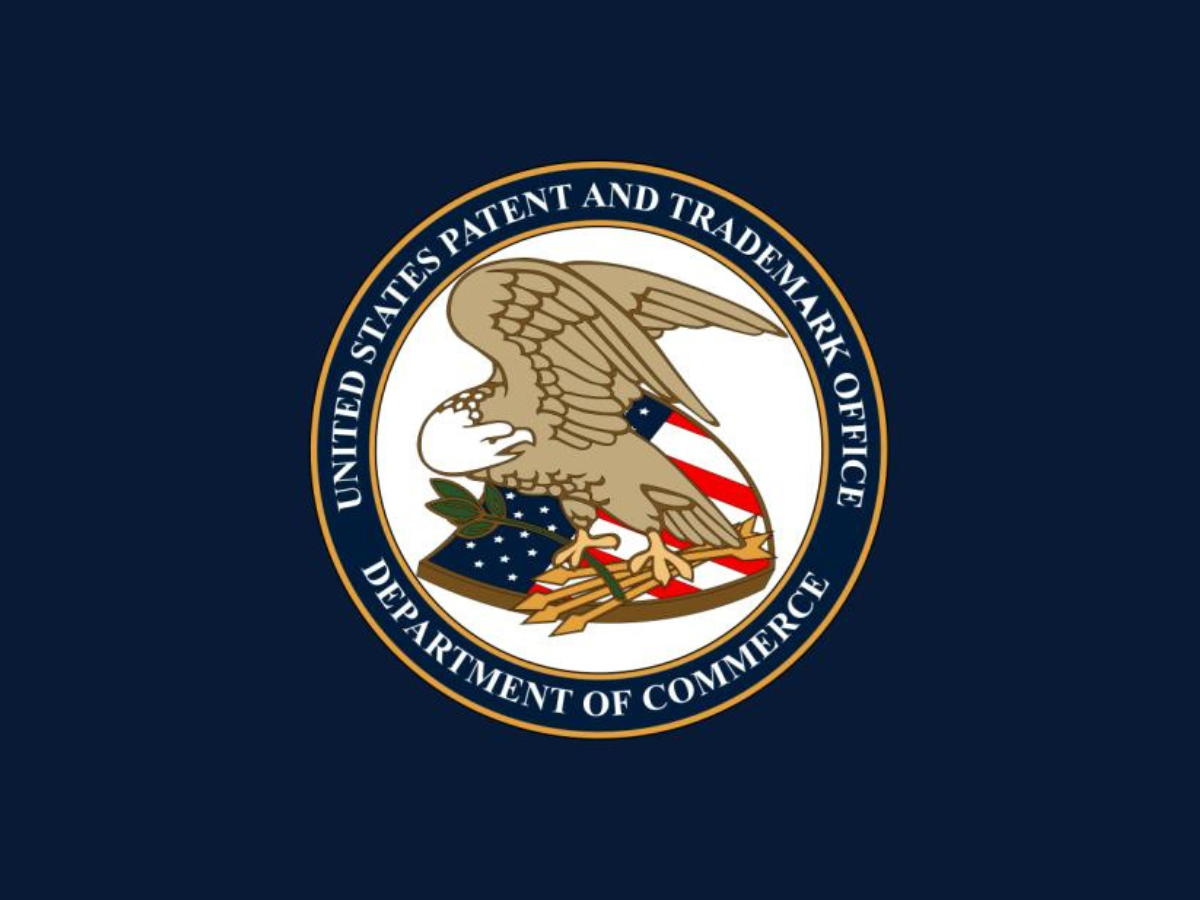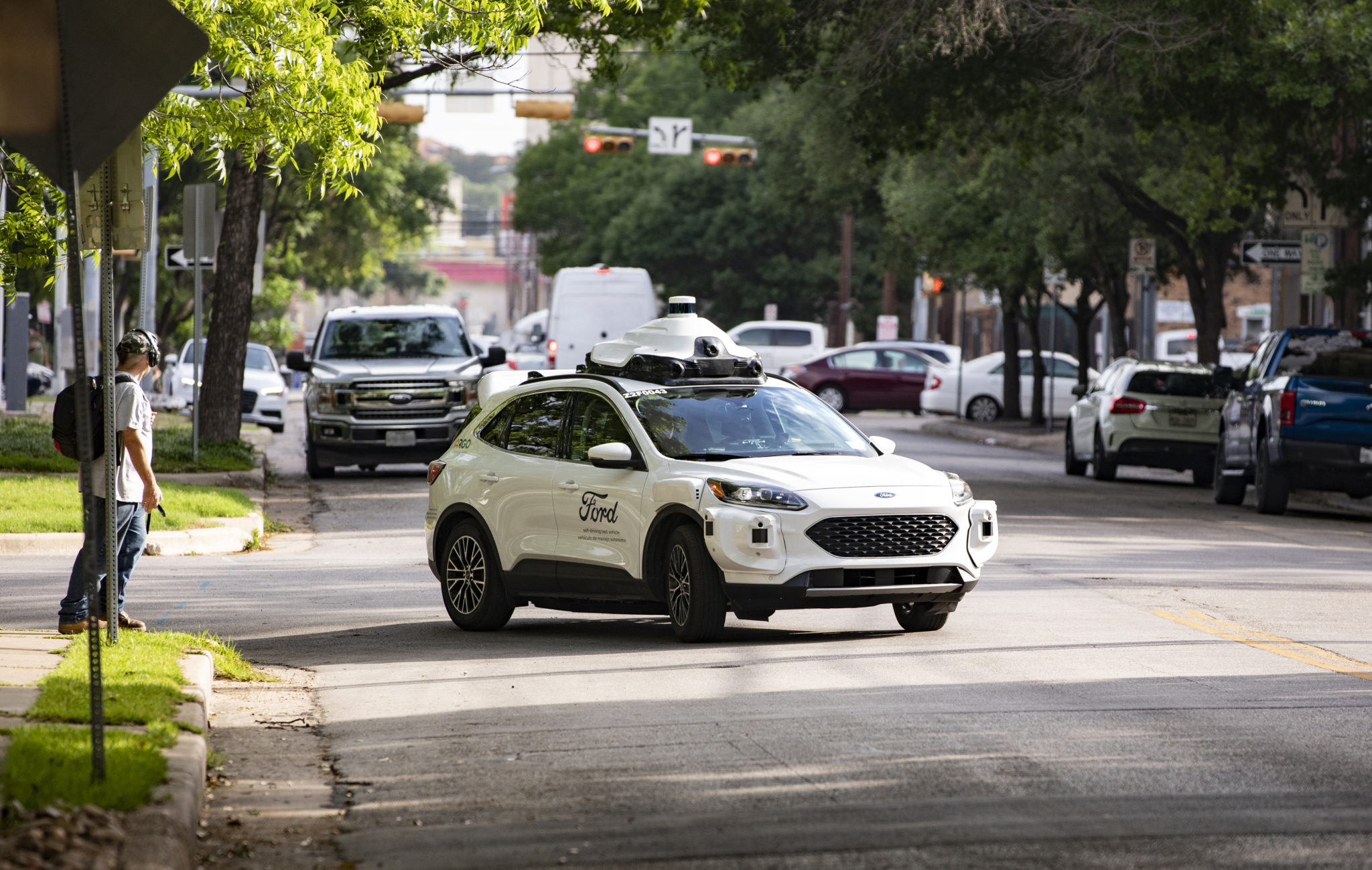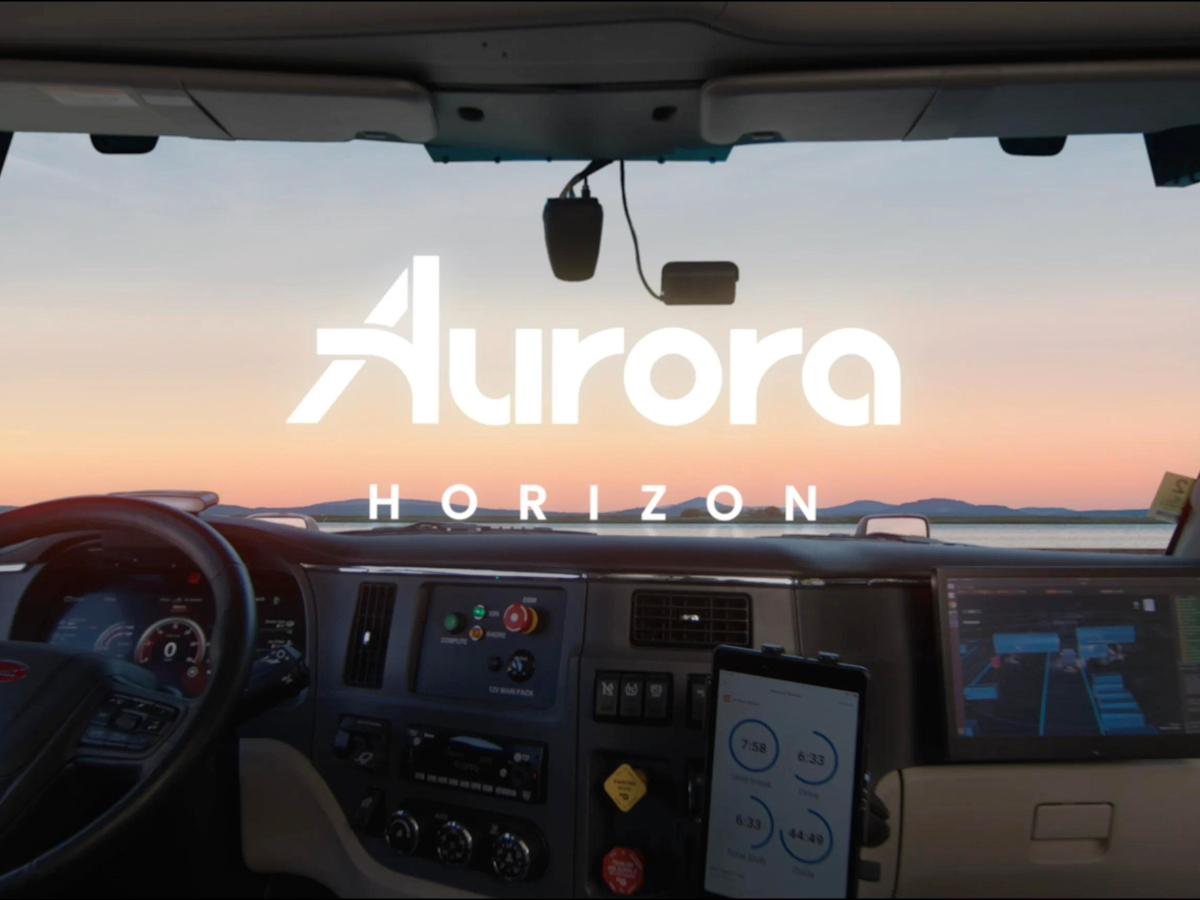Estonian manufacturer, Auve Tech has launched its latest autonomous shuttle, MiCa.
According to Auve Tech, it designed MiCa with the priorities of safety and practicality in mind while making it powerful enough to operate in a wide range of weather and traffic conditions. It is equipped with seven lidar sensors and ten cameras to provide 360-degree visibility of its surroundings and see further than Auve Tech’s previous model.
Johannes Mossov, CEO of Auve Tech said:MiCa is like a time machine that helps us leap into a new era of technology. The world has not seen a self-driving vehicle like this before. Our autonomous vehicles have been transporting passengers in 12 countries, in most of them on public roads. These international collaboration projects have helped us make improvements in both software and hardware to excel in the autonomous driving front. The new generation also helps ease the process of integrating autonomous vehicles into a variety of environments.
MiCa has undergone years of testing in harsh weather conditions including heavy rain and thick snow.
Meanwhile, the powerful air conditioning system also allows MiCa to operate in warmer climates.
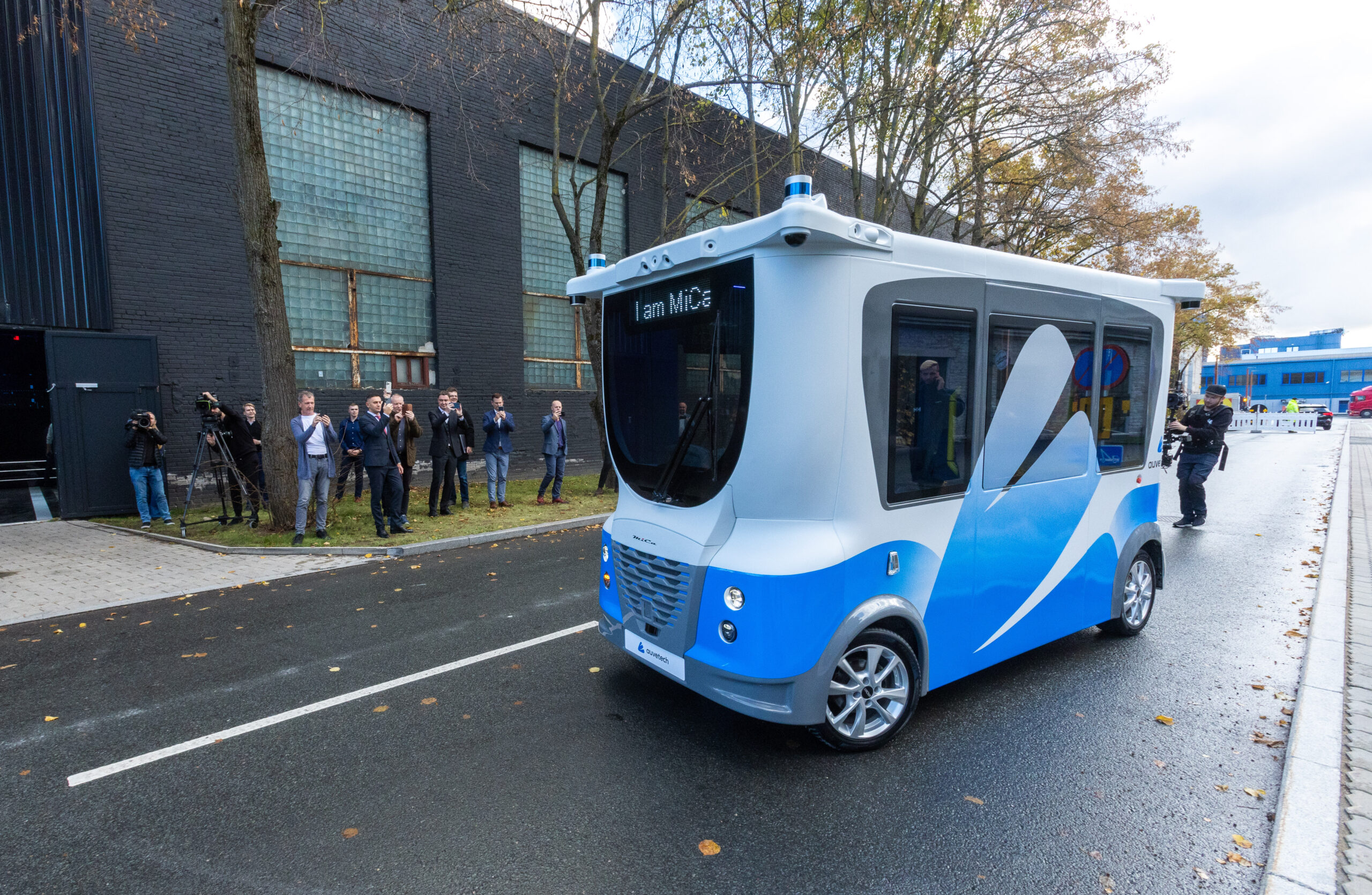
Taavi Rõivas, Chairman at Auve Tech said:Our mission is to offer comfort that urges people to favour public transport and also provide last-mile transport in areas where the use of personal cars or larger public transport means is complicated or inefficient.
There is strong interest for MiCa in countries that are densely populated. The spacious MiCa is electric and suits well in urban environments while being compact but providing space for more passengers than a regular passenger car.
Auve Tech is the first Estonian manufacturer of self-driving vehicles, with a focus on last-mile transportation in pre-mapped areas. For example, the company recently operated its previous model in Tallinn, Estonia between 5 July and 14 September this year.
The MiCa shuttle is a Level 4 autonomous vehicle, meaning that it can operate without a driver’s attention in a very specified area. The Auve Tech shuttles use teleoperators to provide human intervention when needed.

